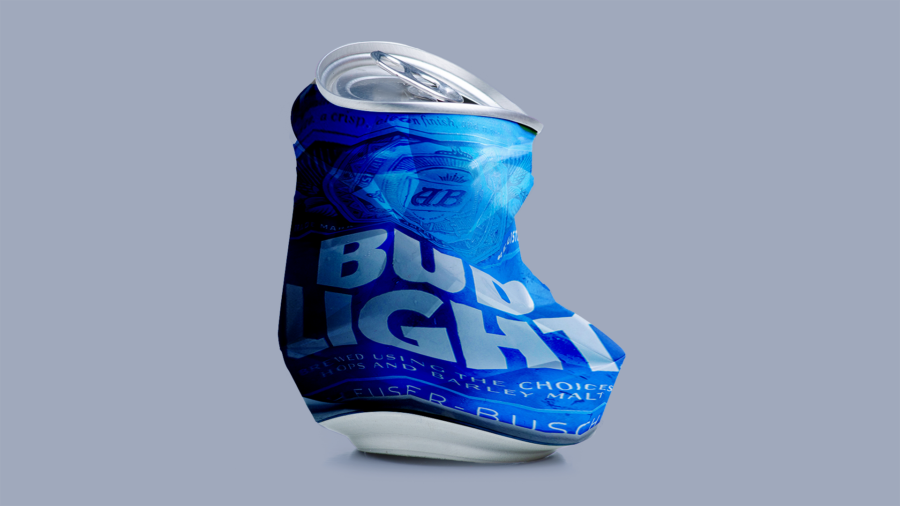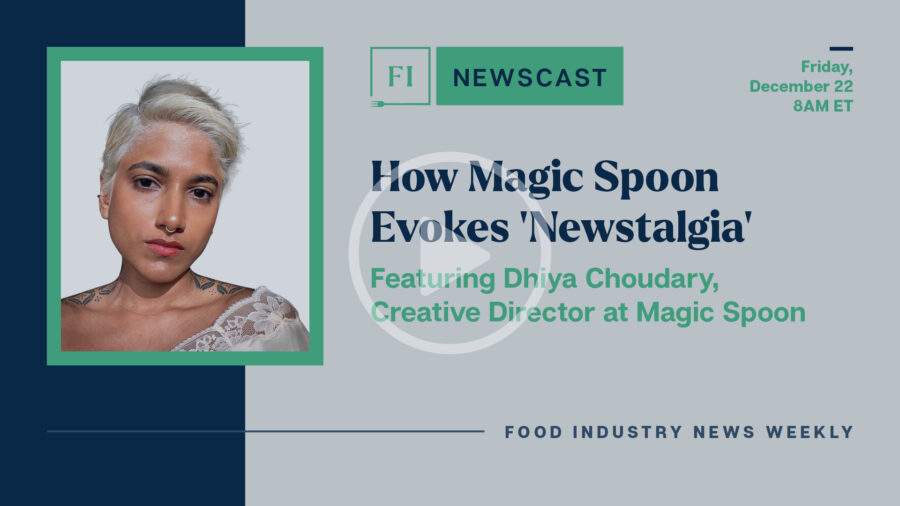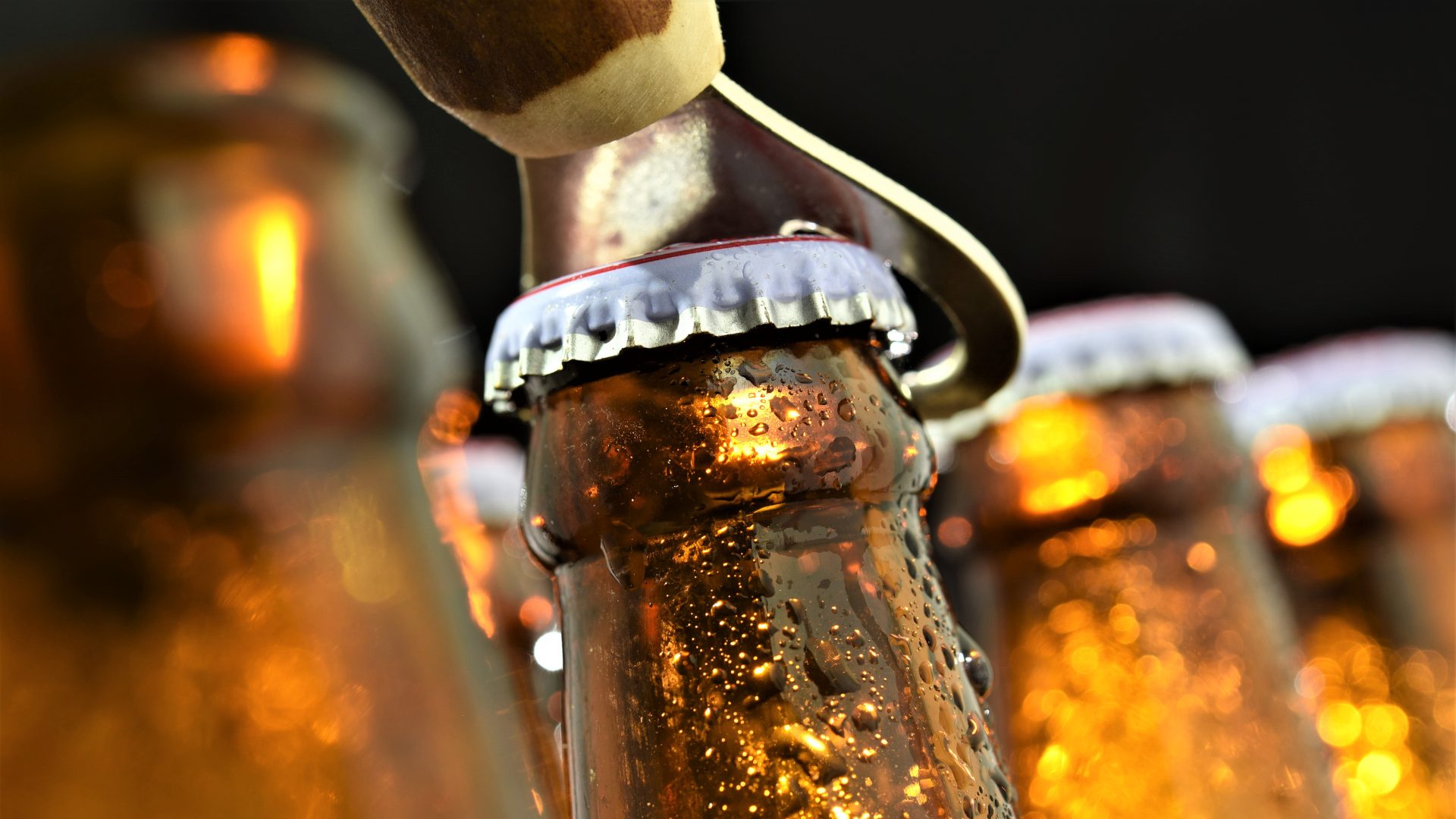This past year saw many brands become embroiled in the culture wars. The most notable – and longest-lasting – came from Anheuser-Busch InBev and the consumer boycott of Bud Light after transgender influencer Dylan Mulvaney promoted the product on social media.
Now that Bud Light has joined the ranks of iconic brands that stumbled badly in their marketing campaigns, Anheuser-Busch InBev is trying to win back customers and stave off the threat of reduced shelf space.
ABC News reported (Sept. 15) major retailers like Walmart and 7-Eleven are poised to reduce the amount of space allotted in refrigerator cases in the wake of a boycott that has seen Bud Light sales fall dramatically.
The sales slide began after the product was endorsed by transgender influencer Dylan Mulvaney and ramped up after the LGBTQ+ community saw the company’s reaction as currying favor with conservatives.
Experts told The Food Institute Bud Light’s efforts to turn things around so far have failed to gain traction, with its new marketing campaigns being derided as derivative and out-of-touch.
“For Bud Light to function as a badge brand, consumers need a clearer sense of what it stands for,” said Allen Adamson, co-founder of the marketing collective Metaforce. “Confusion is not good for a badge brand, as many consumers will find it easier to switch to another brand rather than figure out what the ‘new’ Bud Light is all about.
“Since Bud Light is a sub-brand of Budweiser. It might make more sense to focus on building Budweiser and then moving Bud Light closer to that positioning over time.”
Dave Novosel, an analyst with Gimme Credit, said that though Bud Light has lost market share, it can survive the hit.
“The lesson is not to target ultra small segments with marketing that offends huge loyal segments. Targeting new segments needs to be encouraged, but not at the expense of highly profitable existing segments,” Novosel said.
Even if Bud Light isn’t facing an existential threat, it could see sales erode further.
Former Anheuser-Busch InBev executive Anson Frericks told ABC shelf space is “the single largest determinant of sales in a store.”
“During a busy shopping period on a Friday or Saturday night, if you don’t have the beer available cold on the shelf, consumers pick something else,” Frericks said.
ABC reported Bud Light sales fell 27% during a four-week period ending in early September compared with a year ago, according to data from Bump Williams Consulting and Nielsen NIQ. Rival brands like Coors Light and Yuengling saw significant increases during the same period, the report said.
Just 20% of beer sales occur in bars and restaurants, leaving the bulk in the take-home category, Beer Market Analysis reported.
Bud Light sales already were in decline before the advertising gaffe. When Alissa Heinerscheid was appointed vice president of marketing last March, she told The Make Yourself At Home podcast her mission was to re-energize the brand to attract young people, The Guardian reported (Sept. 19).
Instead, in addition to the sales decline, Bud’s stock tanked—and continues falling.












